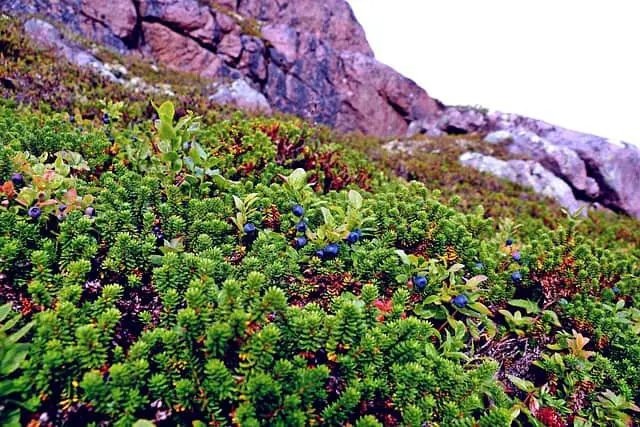When people across the United States think of food from Maine, they first think of lobster rolls and crab meat. Natives to New England know the state has a whole lot more to offer, especially when it comes to wild berries. The acidic soil in Maine is perfect for a large variety of native fruits. Locals know that there is nothing like wild Maine blueberries, and on top of that, there are actually quite a few wild berry options waiting for foragers to take advantage of on the trail.
Wild Berries In Maine
In the article below, we’ll take a look at berries you’ll want to keep an eye out for while you’re exploring the large fields and forests Maine has to offer. Always keep in mind that before eating any wild berry, you want to be 100% confident that you’re consuming something safely edible. Many of the wild berries you’ll see in Maine are easy to confuse, and native species like bristly sarsaparilla or elderberries are easy to confuse, and neither should be consumed raw.
With that healthy warning in mind, consuming wild berries can be great for heart disease and your immune system, and foraging for them is just a whole lot of fun, so let’s dive into what mother nature in Maine has to offer.
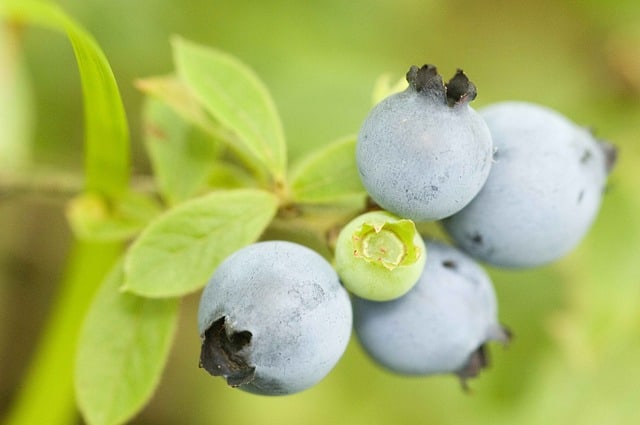
Maine’s Official State Berry, Wild Blueberries
Part of what makes Maine’s wild blueberries so special isn’t just that there are wild blueberries around that you don’t have to go to the grocery store to purchase. These aren’t the ordinary blueberries you may be used to. These are lowbush blueberries. They’re smaller than the highbush blueberries that are normally purchased at the grocery store, typically the size of a pea. They’re also sweeter with an intense blueberry taste that is great eaten right off the bush or made into blueberry pie. These delicious berries are also a good source of vitamin C and vitamin K1.
Like many of Maine’s wild berries, the lowbush blueberries love acidic soil. If you’re wanting to find some, a good place to start is large fields, especially an area where logging has occurred in recent years, or a fire has come through. This leaves land with a lot of sunlight and soil that lowbush blueberries love. You may be standing in wild blueberry fields without noticing it at first if you’re not getting low to the ground as you look. Many people have purchased family farms without realizing they had wild blueberries in their yard until the season came.
Speaking of family farms, you can also find wild blueberry growers across the state. Typically, wild blueberry farms will use mechanical rakes to pick the berries and sell them in neatly cleaned boxes, but many will have a wild blueberry weekend toward the start of the season in early August. Many Maine residents enjoy this tradition as one of their favorite ways to get the first picks of the blueberry season.
If you find a large field of wild blueberries, you may return the next year to find no fruit at all. This is because wild blueberries have a two-year production cycle. So one year is all stems and leaves, and the second year there are wild blueberries to be found. Regular foragers will keep track of what they found in the previous year and watch for things. Farmers will often alternate their crops, so they have half their fields ready to harvest the previous year and the other half ready the next.
Wild blueberries may be enjoyed in Maine in late July and as late as early September, but August is the prime month to be searching out these sweet treats.
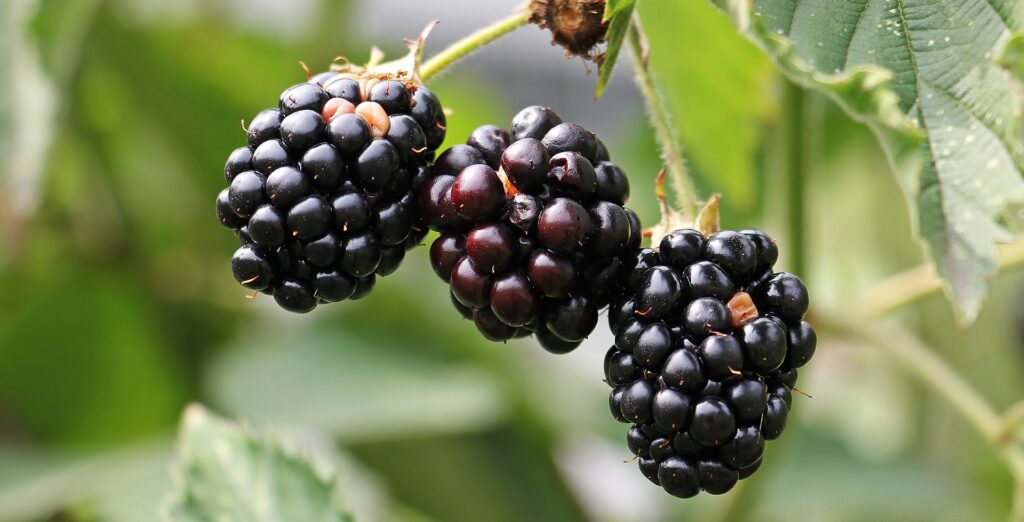
Blackberries
Clearly, wild blueberries are a hot item in Maine, but there are other berries out there as well. Often, growing in the same acidic soil, you may find blackberries. The ones you’ll see in Maine are often larger than some other states, making them a great find.
Blackberries in Maine tend to ripen around the same time as wild blueberries, in August. They can also be found in July and September. Blackberries are at their best when they’re a bit soft, heavy, and dull. This means they’re ripe and juicy. Just before this, they are shinier and perky, and while they can still taste okay, they’re just not as sweet.
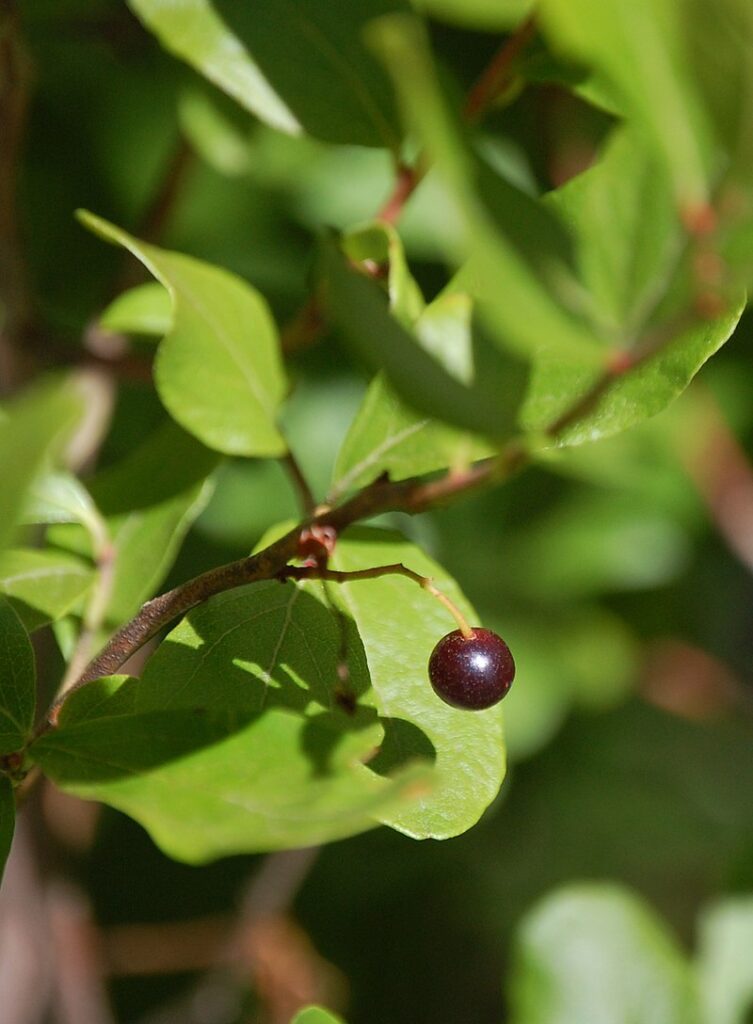
Black Huckleberries
Black huckleberries can also be found in the same large fields as Maine’s wild blueberries or blackberries.
You can find black huckleberry bushes growing in full or partial shade, but they will rarely become full of fruit. For the best berries, you want to look for black huckleberries in open fields. The berries are a dark blue that’s sometimes black. They have a shiny skin. While darker and shinier than blueberries, their shape is remarkably similar. Unlikely blueberries, they have crunchy seeds inside.
Black huckleberries are edible for humans, small animals, and birds. These berries can be easy to confuse with buckthorn, so be sure to be careful about identifying the fruit by taking a careful examination of both the berries and the leaves. Never consume a berry you’re unsure about.
Like blackberries and lowbush blueberries, black huckleberries ripen in early August. The flowers bloom as early as June.
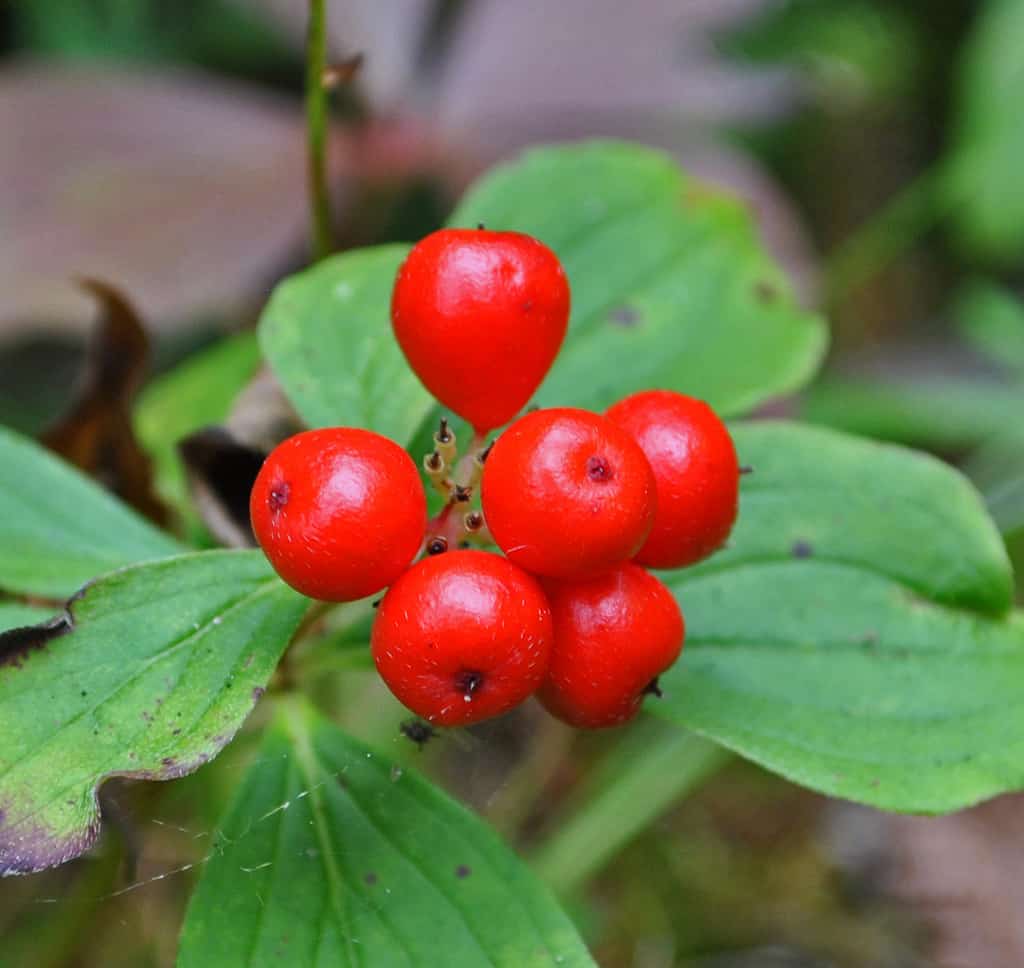
Bunchberries
Bunchberries, also called dwarf dogwood, are red edible berries found in Maine. They’re often in the midcoast areas. Like the other berries above, they seem to enjoy the acidic soil that’s often found in the state. The plants will often first have white flowers in the late spring that become red berries in mid-summer.
More often than with blue or black colored berries, red ones can be dangerous to eat. Bunchberries are considered edible, but it would be wise to have extra caution when identifying these because they are red and could be confused with dangerous berries.
Bunchberries are not as popular since they do not have the intense flavors or delicious reputation of wild Maine blueberries, blackberries, or black huckleberries. They have a mild taste, so while they aren’t tart or unenjoyable, they’re also not ones that people often seek out.
Bunchberries can be found in July and August in Maine.

Wintergreen Berries
If you’re hiking on the trail and in need of a natural resource for a breath mint, you can find wintergreen berries growing wild in Maine. These are another red berry that are actually safely edible in Maine. They are the flavoring source for wintergreen gum, so even if you haven’t snacked on one of these before, you’ll be familiar with the smell. Wintergreen berries grow low to the ground, and there are usually once a few of the fruits on the small plants available at a time. If you manage to find a good handful, they can be used to flavor tea, make ice cream, or just eaten raw as a minty treat.
Wintergreen berries can be found during autumn, though, as the name suggests, they do sometimes survive into the winter months.
So Many Wild Berries In Maine
On the west side of the United States, a lot of the wild berries are ones people are less familiar with since they don’t appear in grocery stores. Maine is one of the few states with a ton of edible options that most people are more familiar with. While lowbush blueberries are clearly the most popular offering in Maine, there are also wild strawberries, raspberries, black raspberries, and more to be found and enjoyed by the adventurous forager.
Recent Posts
The only venomous snakes in Washington State are Northern Pacific Rattlesnakes. The Northern Pacific Rattlesnake (Crotalus oreganus oreganus) is a sub-species of the Western Rattlesnake. Anyone...
Skunks are not classified as true hibernators. But they go into a state of torpor when the weather gets cold. Skunks are light sleep hibernators, along with opossums, bears, and raccoons. ...

